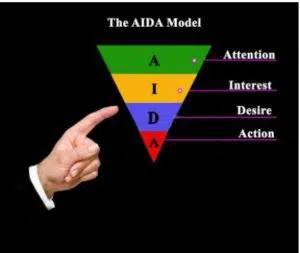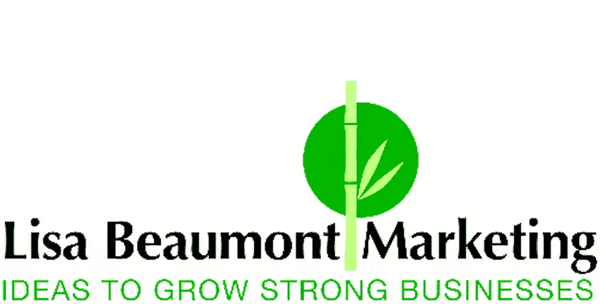This post’s step is essential for you to achieve the sales success that you seek. It will give you four ways to create desire.
This is the step in the AIDA model that will move your customer from being interested in your product to wanting it.
You can catch up on the earlier steps here:

You will put more effort into getting something that you want, rather than something that merely interests you, just like the bees that love the scent of lavender will make a beeline for those flowers.
Tap into emotions
That’s why the D is for Desire. This step is all about tapping into your customers’ emotions.
Whenever you want anyone to do something differently it is worth remembering this quotation from Plato:
“Human behaviour flows from three main sources: desire, emotion, and knowledge.”
(.d.). BrainyQuote.com. Retrieved July 25, 2021, from BrainyQuote.com Web site: https://www.brainyquote.com/ Plato Quotes quotes/plato_384673 (https://www.brainyquote.com/quotes/plato_384673)
Emotion is a powerful tool in advertising that affects customers’ decision-making. It can bypass their rational processes by exerting influence on their feelings instead of their thinking. When you tap into someone’s emotions it will permit you to pull on their levers more powerfully.
Here are 4 ways to promote emotions in your customers:
1. Language
Most importantly, you need to be careful with your choice of words.
Words trigger emotions, beyond their meaning. For example, Tesco’s slogan since 1993, “Every little helps”, triggers different feelings from “save a little on everything you buy” even though, those two phrases contain equivalent meanings.
However, the real slogan positions the seller as supportive; it gives the impression that they care about their customers. It might elicit a feeling of comfort or security. Whereas the second version would appeal mainly to a price-conscious segment. It might trigger anxiety about the need to budget.
Your language can affect the readers’ emotions. You should consider each word with care at all stages: subject-lines like “Don’t Miss/ “Last Chance “ can trigger fear.
2. Music/ colours
Secondly, each colour is associated with an emotion. I chose green for my brand thanks to its links with nature, growth and calmness.
I’m sure, that you have noticed the important role of music in the annual race for the most powerful Christmas advert, typified by John Lewis advertisements.
3. Appeal to the sense of smell
Everyone’s sense of smell is linked to their emotions via the limbic system in the brain. You might know about the deliberate use of bakery aromas wafting towards you when you go into a supermarket the right aroma will make you hungry.
Unsurprisingly, hungry shoppers will spend more in-store. You can read more about the effectiveness of scent- marketing here A shop or clinic can take advantage of infusers or scent-sticks to complete an experience.
4. Create Envy
Next, you can use negative emotions to your advantage.
If you share the success stories of your customers others will feel jealous and will be more likely to take the step forward from interest to desire.
If you apply these ways to create desire on your customers’ journey they should begin to find your offer irresistible.
You can read about the last step, Action, here.

